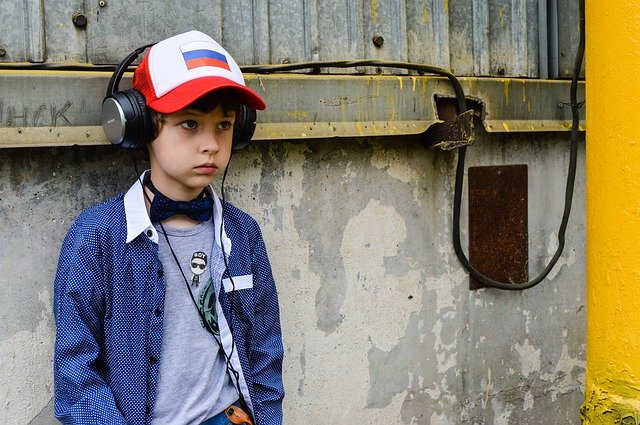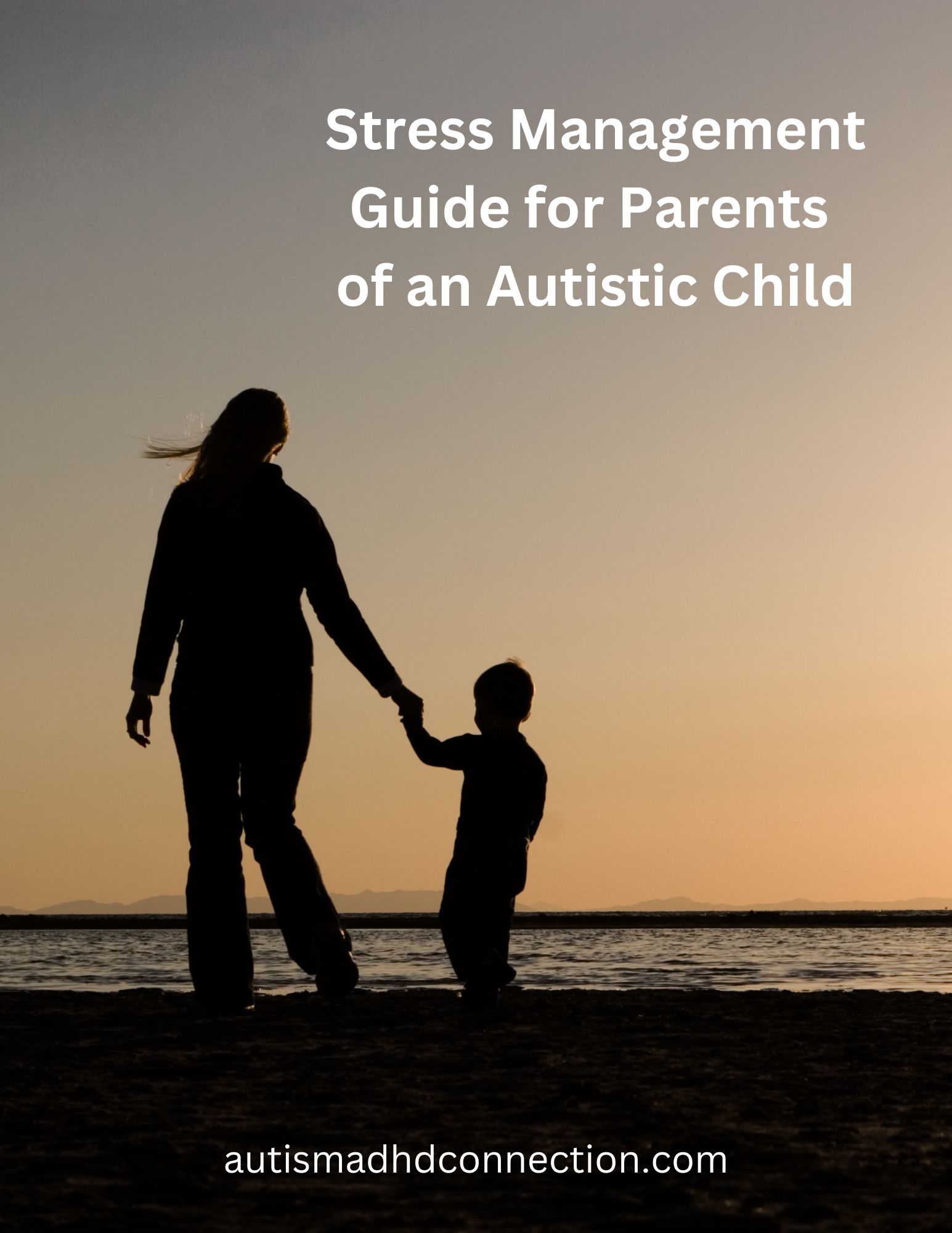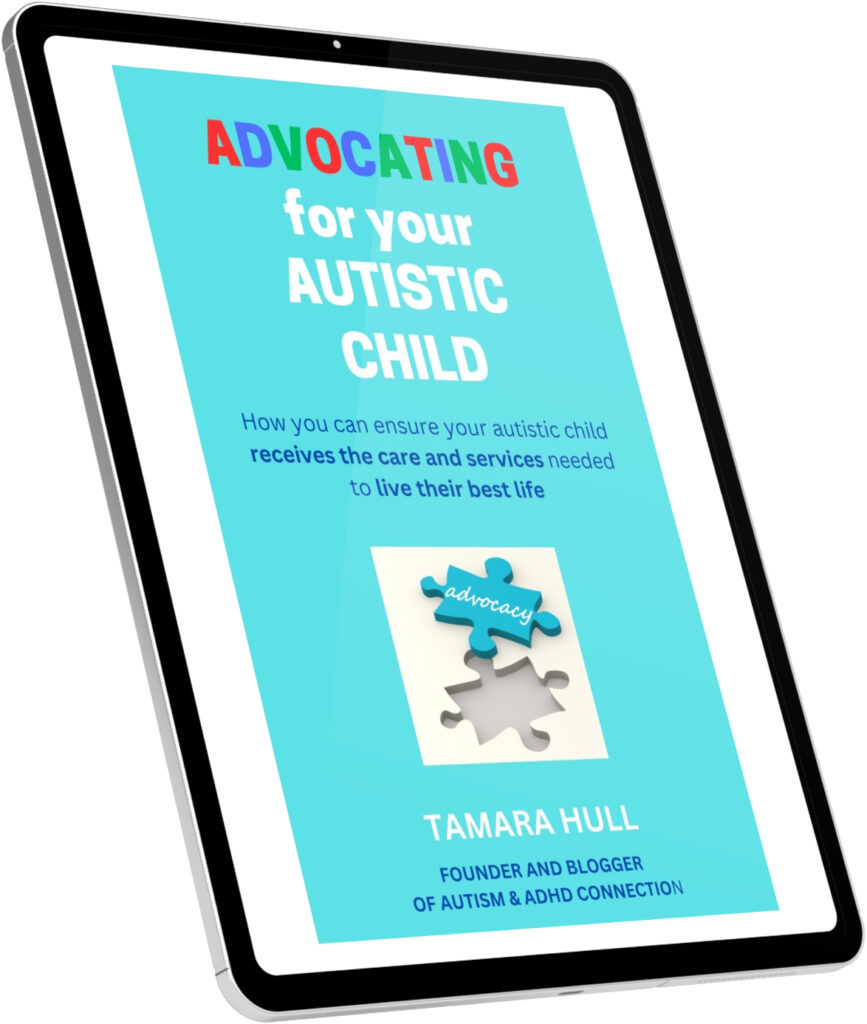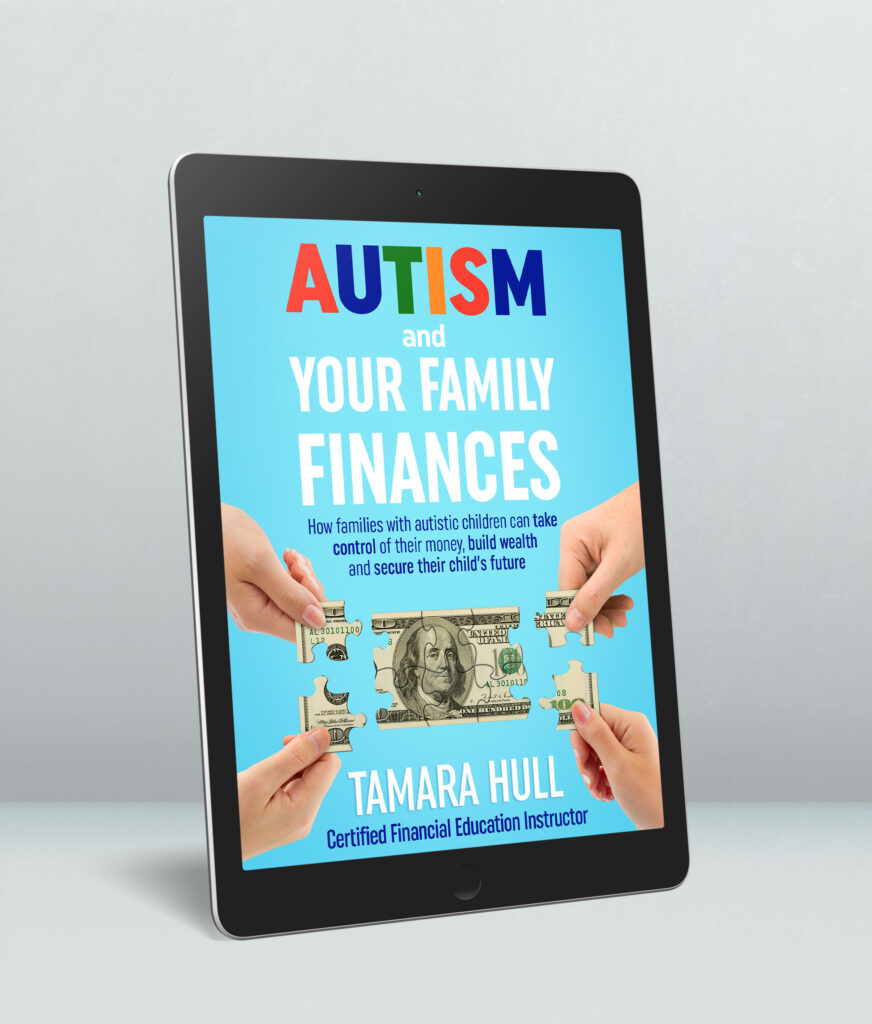Bullying is a significant issue – in schools, neighborhoods, social media and other places. Our children and teenagers with autism and ADHD are particularly vulnerable to bullying. As parents and caregivers, it’s important that we increase our knowledge about bullying so that we can prevent it from happening and know what to do it if it occurs to our children.
What is bullying?
The StopBullying.gov website states bullying “is unwanted, aggressive behavior among school aged children that involves a real or perceived power imbalance. The behavior is repeated, or has the potential to be repeated, over time. Both kids who are bullied and who bully others may have serious, lasting problems.
In order to be considered bullying, the behavior must be aggressive and include:
An Imbalance of Power: Kids who bully use their power—such as physical strength, access to embarrassing information, or popularity—to control or harm others. Power imbalances can change over time and in different situations, even if they involve the same people.
Repetition: Bullying behaviors happen more than once or have the potential to happen more than once.”
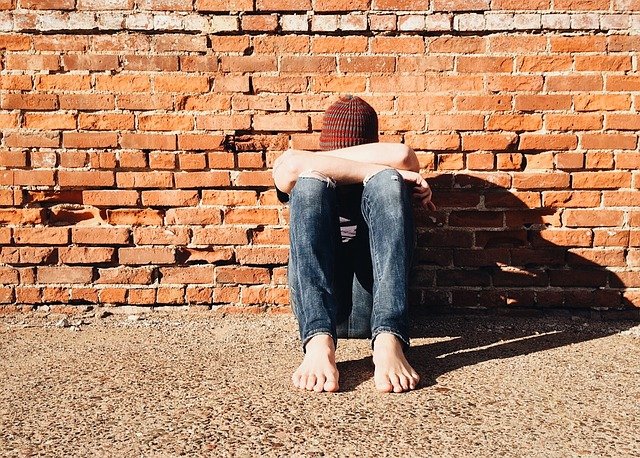
Bullying is a real problem
Bullying has probably been around as long as humans have existed. Yet, it remains a big problem for our children. Here are some statistics pulled together from different U.S. agencies and studies by the Pacer’s National Bullying Prevention Center. You can find all of these plus more statistics on this page.
- “One out of every five (20.2%) students report being bullied. (National Center for Educational Statistics, 2019 )”
- “A higher percentage of male than of female students report being physically bullied (6% vs. 4%), whereas a higher percentage of female than of male students reported being the subjects of rumors (18% vs. 9%) and being excluded from activities on purpose (7% vs. 4%). (National Center for Educational Statistics, 2019)”
- “One in five (20.9%) tweens (9 to 12 years old) has been cyberbullied, cyberbullied others, or seen cyberbullying. (Patchin & Hinduja, 2020)”
- “Students who experience bullying are at increased risk for depression, anxiety, sleep difficulties, lower academic achievement, and dropping out of school. (Centers for Disease Control, 2019)”
- “Among students ages 12 – 18 who reported being bullied at school, 15% were bullied online or by text. (National Center for Educational Statistics, 2019)”
- “Students with specific learning disabilities, autism spectrum disorder, emotional and behavior disorders, other health impairments, and speech or language impairments report greater rates of victimization than their peers without disabilities longitudinally and their victimization remains consistent over time. (Rose & Gage, 2016 )”
- “Researchers discovered that students with disabilities were more worried about school safety and being injured or harassed by other peers compared to students without a disability. (Saylor & Leach, 2009 )”
- “When reporting bullying youth in special education were told not to tattle almost twice as often as youth not in special education. (Davis & Nixon, 2010)”
- “Students who report frequently bullying others and students who report being frequently bullied are at increased risk for suicide-related behavior. (Centers for Disease Control, 2014)”
Types of bullying
There are two general types of bullying. Those include:
- Direct bullying – insults, threats, kicking, hitting, fighting, biting and more
- Covert bullying – gossip, rumors or leaving someone purposely out of social interactions and activities
Both types of bullying can be done in person or through cyberbullying. Cyberbullying involves bullying via social media, text messages, email messages or other means through online activities.

Our personal experience
We are fortunate that our son J has not experienced a lot of bullying during his childhood and teenage years. His school system has a strong anti-bullying program, and they proactively address any signs or reports of bullying right away. However, J did experience bullying in an after-school care program when he was in the fifth grade.
In that program, there were two boys who would taunt J a lot during the time he was there for after care. As soon as we knew about it, we reported it to the director of the program. They did meet with the parents of the boys. While one stopped, the other continued. Unfortunately, we had to pull him out of the program because of the lack of support we received from the program director.
Reasons why autistic children are bullied
What makes our children with autism and ADHD more susceptible to bullying? Here are a few reasons:
- They are not as able to communicate their thoughts and feelings about what is happening.
- Children on the spectrum are less likely to fully understand facial expressions, tone of voice and even body language of others.
- They are different and stand out more because of their behaviors such as stimming.
- Unfortunately, some peers and even adults may label children with autism as “inadequate,” either blatantly or indirectly.
- Children with autism are not always included socially in some settings.
- Many children with autism have low self-esteem and suffer from depression.
Signs of bullying
If your child with autism is not telling you about the bullying, how can you recognize that something is wrong? Here are some signs to look for in your child that they may be a victim of bullying:
- Has unexplained scratches, bruises or cuts
- Doesn’t want to go to school (may seem afraid of school)
- Is very hungry after school
- Begins having nightmares
- Cries more often
- Experiences falling grades at school
- Afraid of getting on the bus to school (or walking to school)
- Has clothing and belongings missing after school
- Acts more aggressively or angry
- Withdraws
- Stammers in speech
- Stims more often
- Experiences more mood swings
- Has more headaches and stomach aches
- Feels anxious
- Shows problems sleeping and eating
- Begins to bully others (e.g., siblings, friends, children at school, etc.)
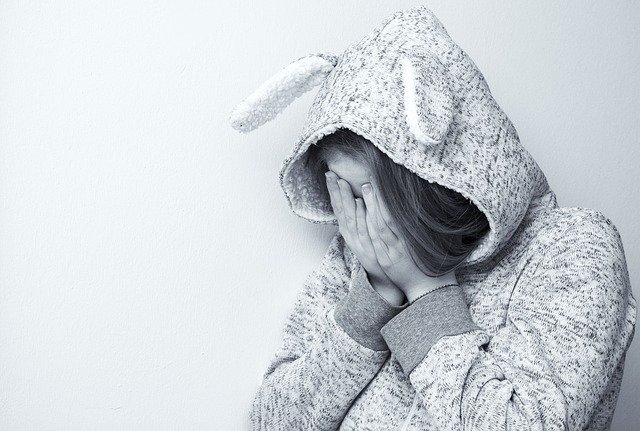
Effects of bullying
Bullying can have emotional, mental, social and physical consequences for our children with autism and ADHD. Our children may suffer physical injuries that could have lasting effects. Bullying also can affect the well-being of our children with autism and ADHD. In addition, it can affect kids’ performance at school. At the worst, bullying can cause children and teenagers with autism and ADHD to try to harm themselves or even commit suicide.
How parents can help prevent bullying
One way to help prevent bullying of our children with autism and ADHD is to educate yourself about it (like reading this blog post and diving into some of the links). It’s important as a parent or caregiver to understand what bullying is and the signs of it. Sometimes, parents may say, “boys are being boys” or “everyone gets teased sometimes.” We need to know what it is so that we can address it when it occurs.
It’s also important that you know the rights of your child with autism and ADHD. Legally, bullying that is based on your child’s disability can be considered harassment if it affects your child’s ability to an equal opportunity to education under Section 504 of the Rehabilitation Act of 1973 (often referred to as ‘Section 504’) and Title II of the Americans with Disabilities Act of 1990 (Title II). In addition, most states have laws against bullying.
Also, understand the school’s anti-bullying policies and how bullying behavior is addressed at the school. You should talk to other parents to see if they have had trouble with bullying of their children at the school and how it was handled. In addition, ask that measures against bullying be added to your child’s individualized education plan (IEP).
How to talk to your child about bullying
Talk to your child about bullying. If they are younger or have limited verbal skills, you can ask them to draw pictures. If they are older and/or verbal, you can discuss if someone is making them sad or threatening to hurt them at school. For teenagers (or tweens) that have social media accounts or text using their phones, talk about cyberbullying.
It’s important to really listen and be calm and caring while your child discusses the situation. Try to put together a timeline of when it started and other pertinent information so that you have everything you need to have a discussion with your child’s school, teachers or local authorities (if the bullying is happening outside of school).
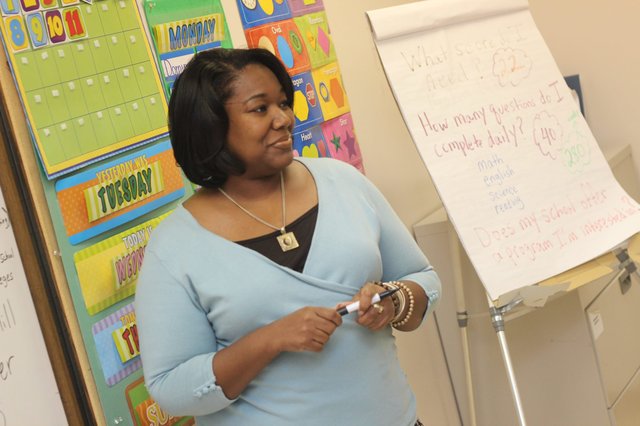
How to involve your child’s teachers and school if bullying occurs
Immediately contact your child’s school to set up a meeting if your child is being bullied. Do not wait to see if the situation will resolve itself. Take urgent action.
You should gather as much information as you can from your child to share with the school principal, teacher(s), school counselor and special services team. You will need to stay calm when sharing this information with the school staff. The school administration will need to investigate the situation and provide action steps to stop the bullying from happening.
It’s also helpful to ask them to do devise a plan to prevent future bullying episodes for your child by:
- Identifying a safe place in the school. Your child can go to this place if they are being bullied or are overwhelmed. (The special services director’s office was my son J’s safe place at school.)
- Determining who your child should report any bullying behavior to at the school. (This could be a teacher, speech therapist, special education aid, counselor, principal or someone else who your child trusts at the school.)
- Educating other students about autism. (The special services director at my son’s school conducted an information session with J’s class when he was in the fifth grade. J joined her to talk about autism from a student perspective. It was quite impactful.)
- Choosing a buddy for your child in class. (Not only could this help deter bullying, but a buddy can help in a lot of other ways. J had the same buddy for a couple of years in elementary school, and she was very helpful and became a friend too.)
Locating a safe place for eating lunch if the cafeteria is too risky for bullying episodes. (Our son J ate lunch in the school’s library during his sixth-grade year because of a potential bullying situation and to address some sensory issues.)
What to do if your child is being bullied by a sibling
What should you do if bullying in happening at home by a sibling of a child with autism? As the parent or caregiver, you should let your child’s sibling know that bullying behavior will not be tolerated at home or elsewhere. You will need to set clear limits and put negative consequences in place if bullying occurs. Parents also should model behaviors of acceptance and respect for other people in their daily lives.
If you continue to have issues, you may need to get the assistance of a behavior therapist to help your children work through their differences and problems.
Supporting your child at home
Make sure your home is a safe and comfortable place. Your family should show a lot of love and support for your child. Ensure your child that the bullying is not their fault, and that you are working to make it stop.
Having friends around at home will help too, so set up playdates or schedule fun activities for your child.
Also, continue your efforts to help them improve their social skills. Having better social skills can help decrease the risk of bullying of children with autism in the future.

How to handle cyberbullying
Although cyberbullying occurs online through social media channels or via a phone through texting or email, many times it’s still school related because most of the time it is another student that is bullying. Therefore, taking the steps above to work with the school are the same for cyberbullying as it is for in-person bullying.
What should you do if your child is a victim of cyberbullying?
- Gather evidence by taking screenshots of the bullying text messages, social media posts or other online behavior.
- Contact your child’s school. (See above)
- Reach out to the content provider since cyberbullying goes against almost all Internet, phone, gaming and social media providers’ terms of use agreements. Check out this link from the Cyberbullying Research Center, which keeps this list up to date.
- Block the offender through your child’s social media accounts or phone.
- Call your local police if the bully is threatening physical harm.
Encourage your child to self-advocate
Be sure to encourage your child to speak up and advocate for themselves. The Autism Society states self-advocacy “involves knowing when and how to approach others to negotiate desired goals, build better mutual understanding and trust, and achieve fulfillment and productivity. Successful self-advocacy often involves an amount of disclosure about oneself to reach the goal of better mutual understanding. In other words, it can be necessary to explain that you have autism and what that means in order to explain why an accommodation is needed or helpful.”
As a parent or caregiver, how can you help your child self advocate?
- Help your child be aware of their strengths, weaknesses, like, dislikes, needs and wishes.
- Teach them to speak up for themselves.
- Educate them about taking responsibility for themselves and becoming more independent.
- Encourage them to ask for help when they need it.
- Help them understand their rights as an individual and as someone with a disability.
- Use self-advocacy scripts to help them communicate their needs and opinions in different settings.
- Help your child or teen learn to determine when to self-disclose about their autism.
What if your child is the bully?
Surprisingly, children and teens with autism also are at risk at being a bully themselves. This can be the result of them having emotional and social challenges of their own.
So how do you handle it if your child is bullying others?
- Help your child understand bullying and its behaviors. Those include name calling, physical threats, spreading rumors/gossip, leaving someone out of an activity and more.
- Understand why your child may be bullying someone else – what is the situation, what is causing the bullying behavior, etc.
- Identify other activities that your child can participate in that are positive.
- Ask your child’s school to help, both in preventing the bullying behavior at school and what you can do from home to support your child.
- Continue to work with your child on their social skills. If your child isn’t already seeing a behavior therapist, this may be a good time to find one. They can really help improve social skills and change behaviors.
- Reward positive behavior both at school and home.
- Encourage your child to treat others with respect and acceptance and model that behavior yourself.
Getting help
What should you do if you need more help? There are several organizations that can provide additional resources for you. Three of them include:
- Pacer’s National Bullying Prevention Center – This organization offers a variety of information, resources and advice to help parents and schools prevent or deal with bullying when it occurs.
- Stopbullying.gov – This is a website from the U.S. government with many resources, information and advice for parents and schools. It also has extensive information about how to handle cyberbullying.
- Cyberbullying Research Center – This is an organization with a comprehensive website with everything you need to know about preventing and dealing with cyberbullying. They travel to schools to provide presentations and work with many social media companies, gaming companies, nonprofits and federal government agencies to provide information to parents, schools, students and even employers and their employees.
Has your child with autism and ADHD been a victim of bullying? How have you dealt with it and what do you do to help prevent bullying of your child? Leave a comment so that we can share and encourage one another!

